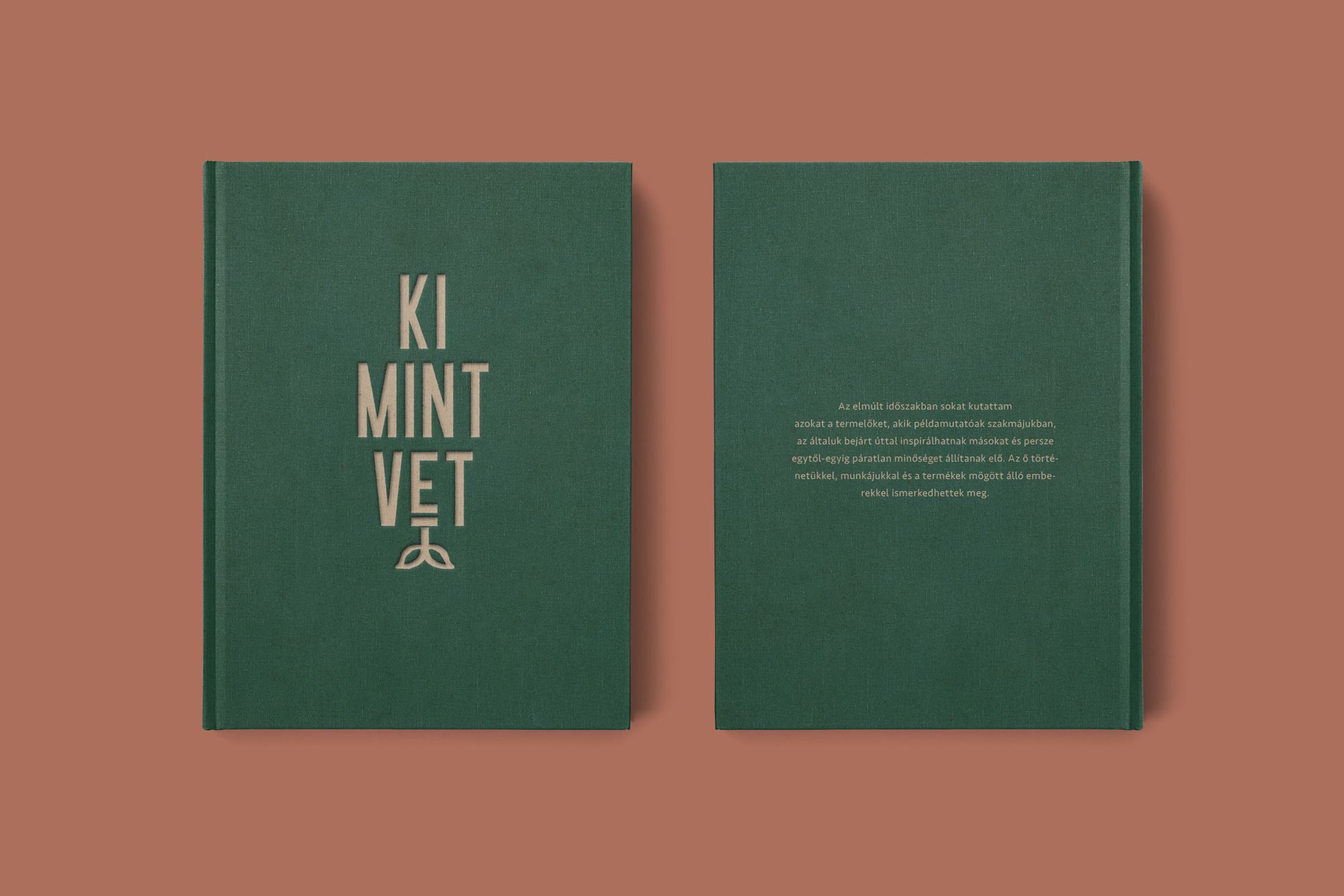Have you ever wondered how a dish or an ingredient gets to your table? It’s not just nature that does its job—many people dedicate their lives to bringing the best possible vegetables, fruits, dairy products and spices to Hungarian kitchens through hard work and strong commitment. The difference between home-grown delicacies and those produced in large factories is noticeable, and not just in taste. The former has soul, as you will find out from the book “Ki mint vet” by Dávid Kárai.
Going to farmers’ markets and buying domestic products has become fashionable in recent years. The fact that we are talking more and more about the importance of locality and seasonality, or even that some kind of education has started (thanks to the activities of the Felelős Gasztrohős or the book Magyar Superfood by Adrienn Szabó, for example), is basically a good thing. However, this popularity has a downside: many people consider it a luxury and don’t understand why they should pay twice as much for the same tomato as they would at any supermarket chain. Those days are gone (or at least forgotten in urban life) when everyone produced, farmed, made something, and goods went from house to house, milk was exchanged for bacon, eggs for jam. This was not a hobby for people but a necessary duty to survive. We are used to everything always being available; we are not surprised to see the giant strawberries in December or the overripe, overpriced mangoes. The door to the world has been opened, yet there is still a need to go back to our roots a little bit sometimes.
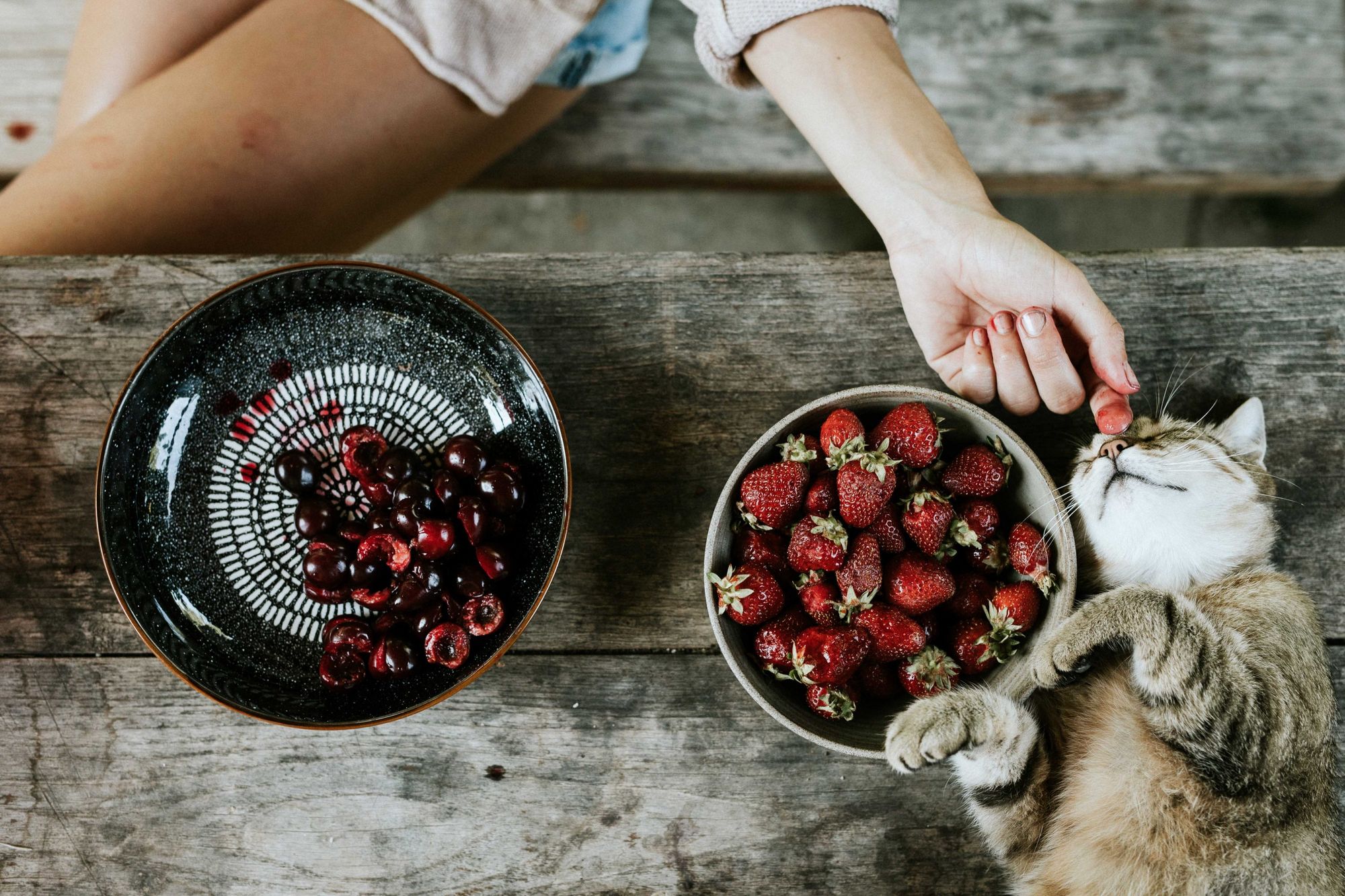
Knowing where we come from, where we belong to is vital to defining our identity. When we choose local goods, our choice matters beyond that moment: this kind of awareness helps us reduce the burden on the environment, as there is less transport and packaging, and we also support the producers and farmers with our purchases, and we inevitably become attached to them. It takes an incredible amount of work to turn the seeds sown in freshly dug-up soil into ripe, crispy, delicious vegetables. Whether it’s blazing heat or pouring rain, the work never stops. Knowing this makes the food more valuable and gives us even more inspiration to cook, especially as we can learn about what is actually around us: we start experimenting with familiar and unfamiliar ingredients, we understand how to be more conscious in our daily lives, and over time this new attitude becomes entirely routine.
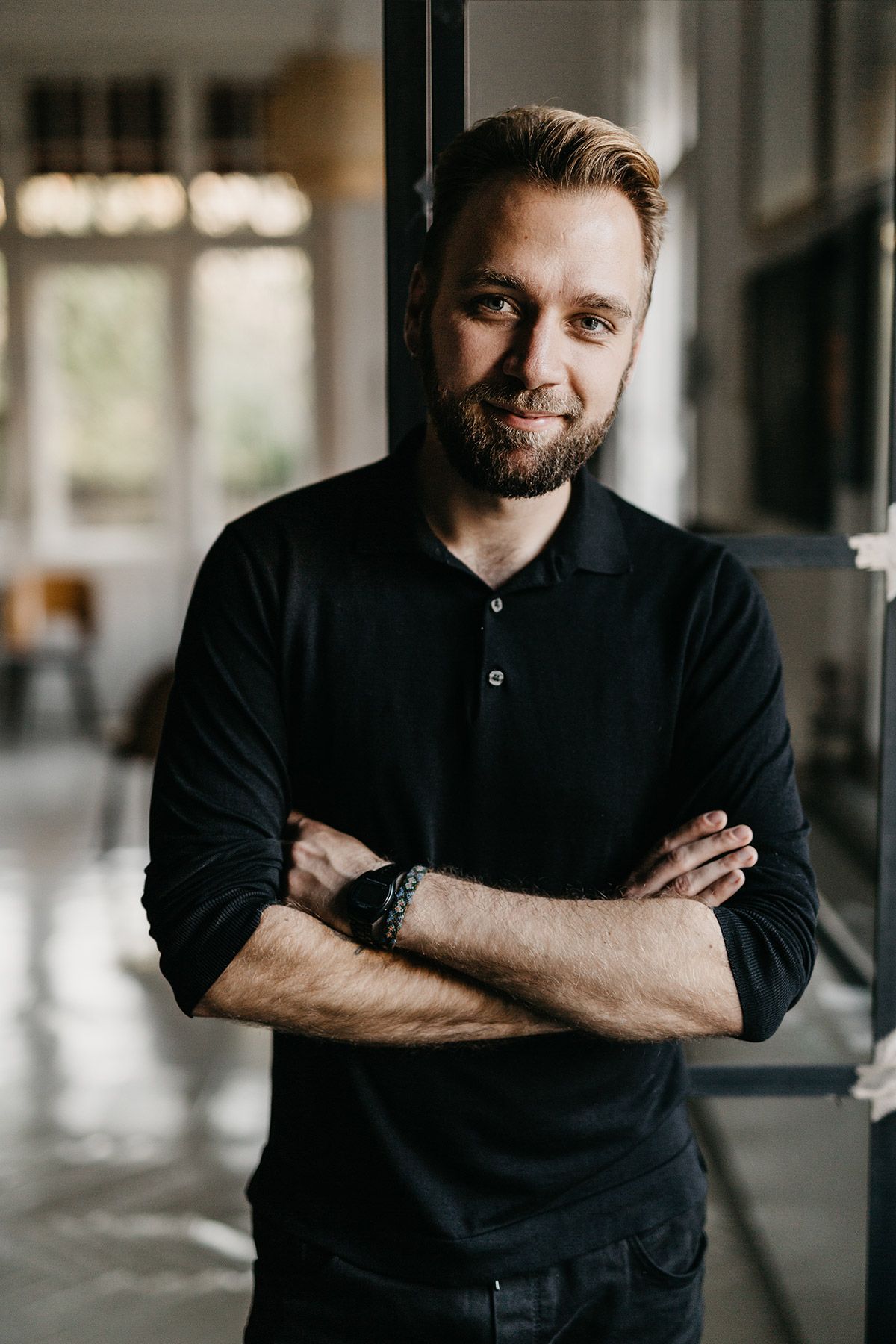
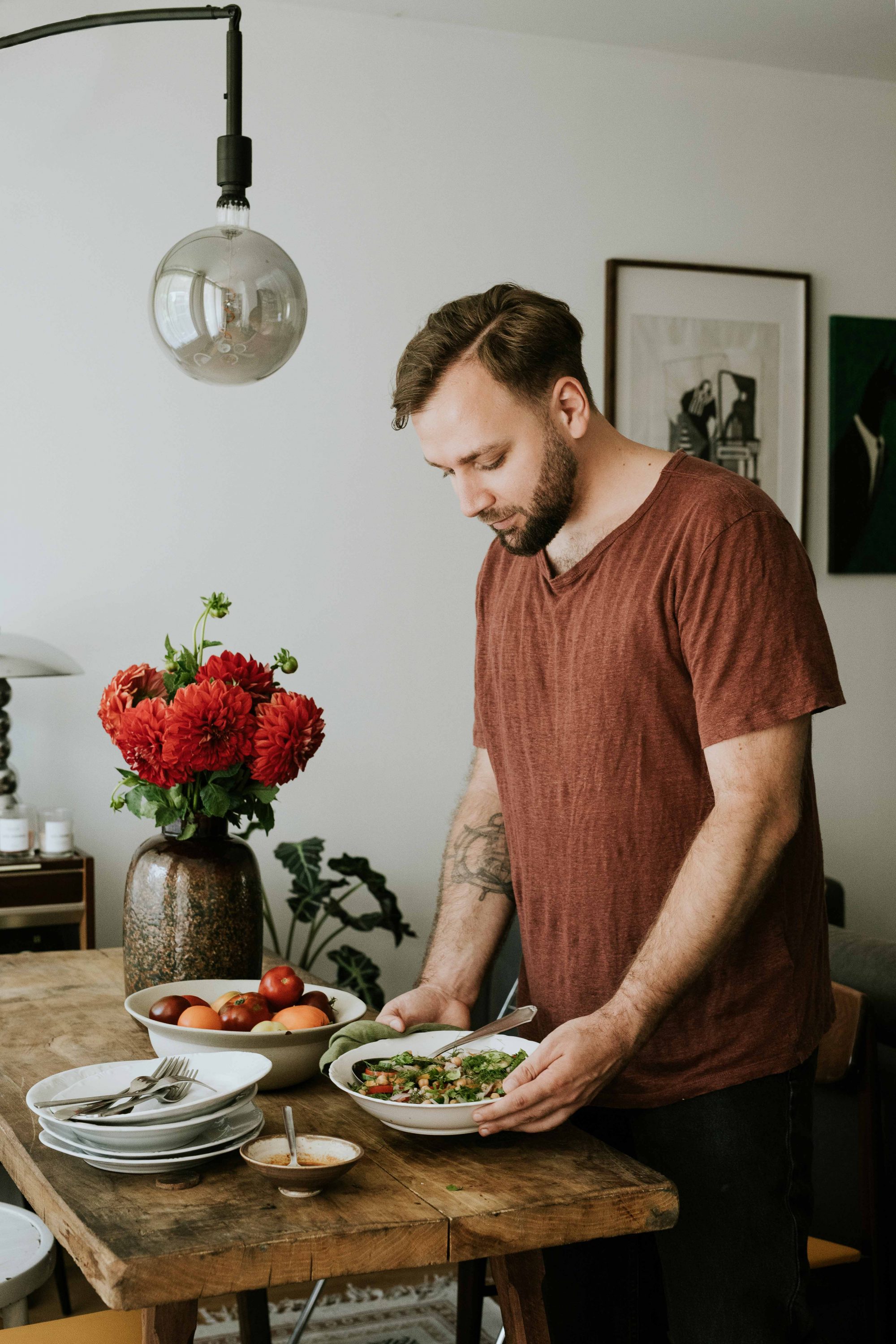
To get this process going, we needed someone to take responsibility for it. Dávid Kárai’s name could be familiar to those who follow the gastronomic scene in Hungary. He started his blog ízHUSZÁR in 2013, but a few months later, he joined the editorial team of Nosalty, where he became editor-in-chief and later director of the magazine. Since the site was a mixture of very diverse topics and directions, there was a need to have one or two faces to connect the site with, so he consciously took on the character of Ízhuszár, adding recipes and blog posts to the portfolio. Over time, he felt a lack of focus, so he switched to the Lila Füge team. Although he found himself in a new environment, his role was too multifunctional. The epidemic situation made him stop, as the editorial team had switched to a project-based operation, which suddenly gave him the time and opportunity to find out what he really wanted.
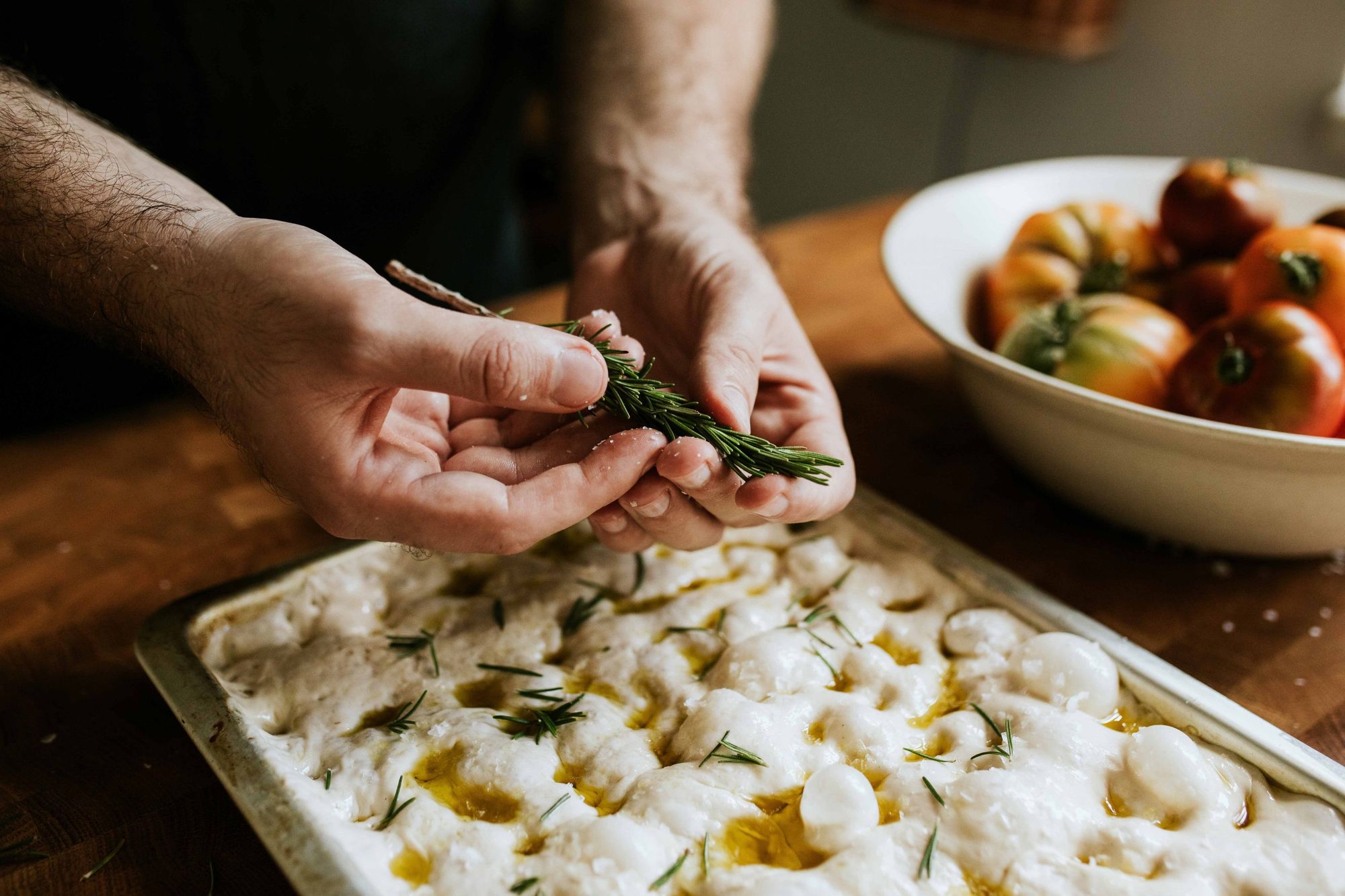
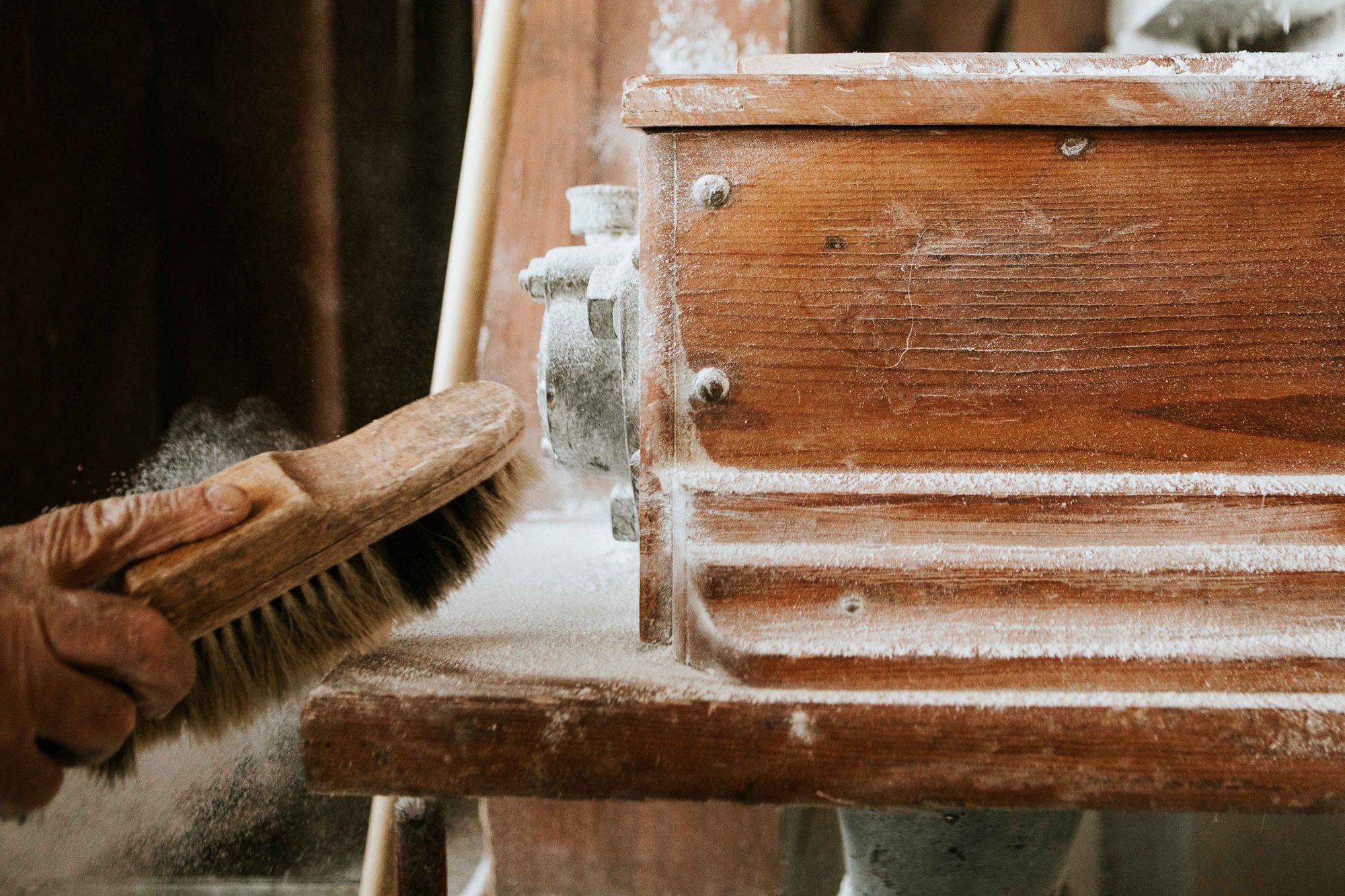
One thing he was sure of was that he wanted the three areas he considered most important—the cooking process, recipe creation and photography—to come together. He also knew that he wanted to create value and present the thousand-faceted world of gastronomy in an understandable yet sophisticated way. This could only work if he also developed his self-brand better, so the first innovation was the idea of a webshop, where he would soon be able to sell unique tableware designed in collaboration with ceramicists. Due to his work, however, he also met a lot of farmers on a daily basis, so last February, he began to wonder if he could show this world to a broader audience. He had previously published two books, #Házikoszt and 50 édesség, amit el kell készítened (50 Sweets You Must Make—free translation), and didn’t necessarily want a third. But the idea wouldn’t let him rest, so he decided to go for it, but only with a self-publishing plan.
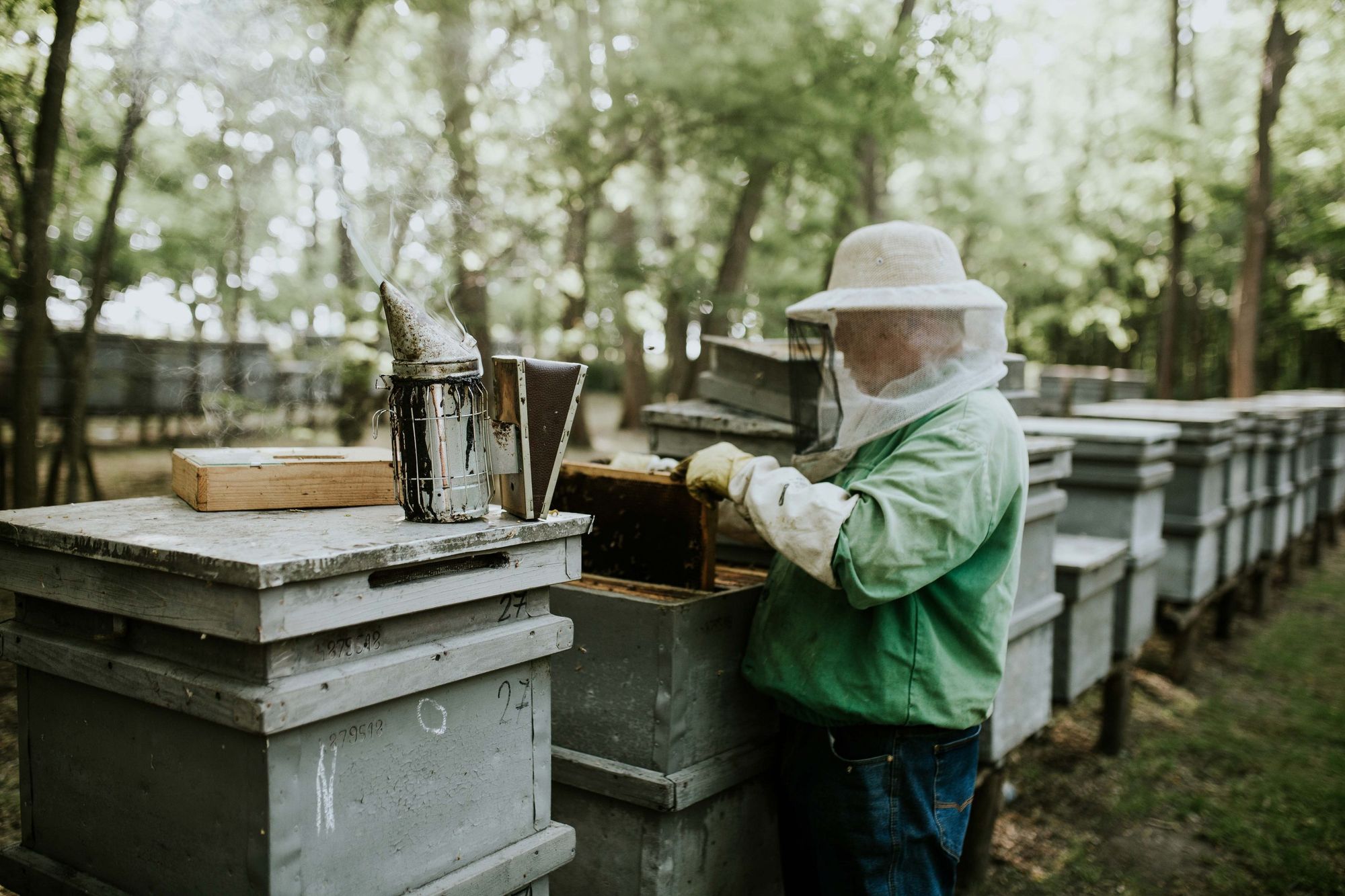
Suddenly, an enthusiastic group of people gathered around him, and they literally went on a tour of the country: after a bit of list-making and categorizing, they chose 15 businesses from different areas across the country. A powerful creative process began, during which they visited each of them and recorded what they saw and heard. Of course, the tasting was also part of the process, as the book was not only designed to be an aesthetic collection but also an easy-to-use recipe book. Using the producers’ (by name AMLA Kert, Bálint Kert, Droppe Honey, Élő Bolygó Gazdaság, Fajszi Paprika Manufaktúra, Garat Malom, Kristinus Borbirtok, MagosVölgy Ökológiai Gazdaság, Panyolium, Spájz Szörp, Szatmár Dry Cured, Szorgos Gazda, Tekeresvölgyi Családi Birtok, Valoryz, Youtyúk) products David came up with 5-5 recipes and prepared them, adding 75 dishes to the pages.

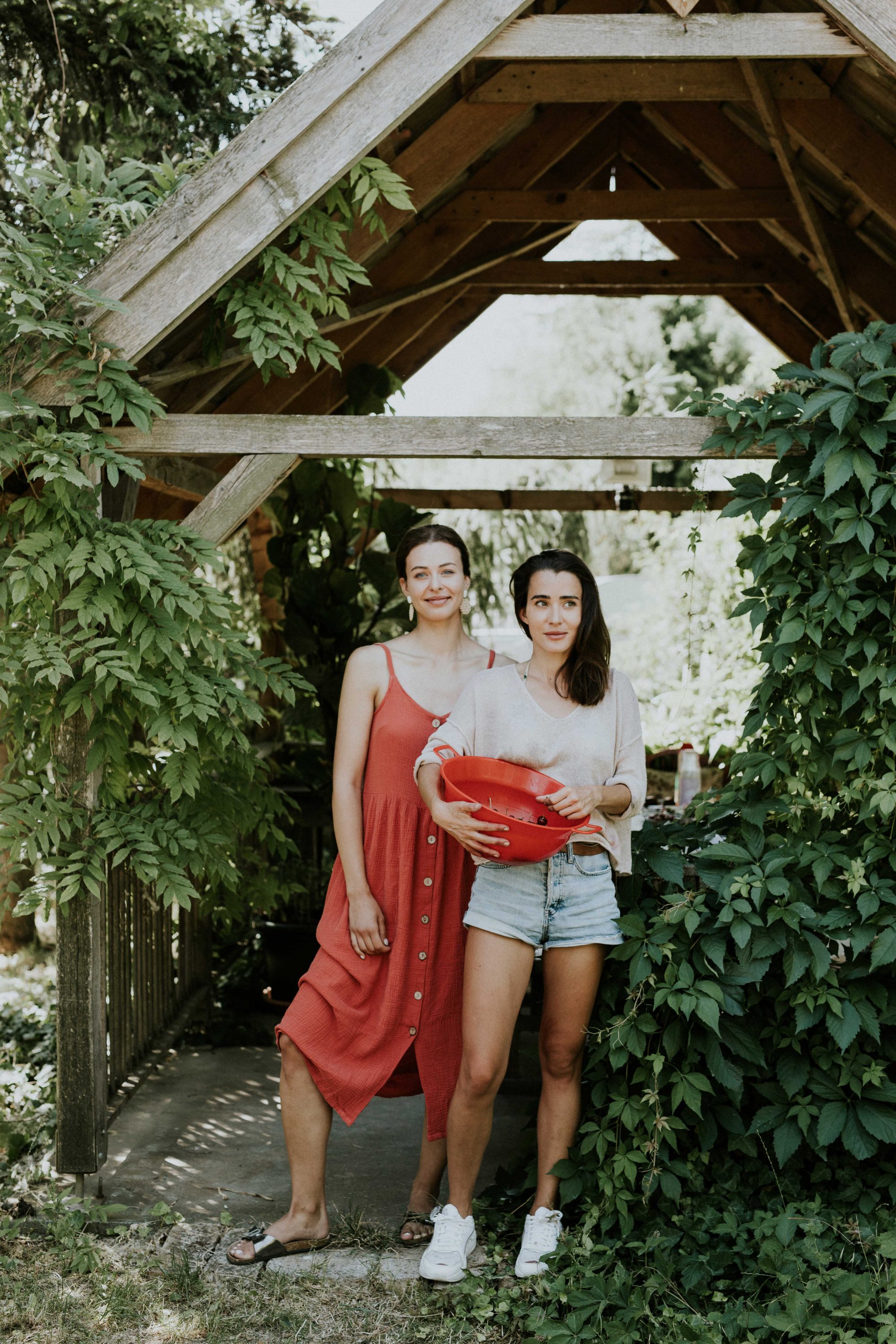
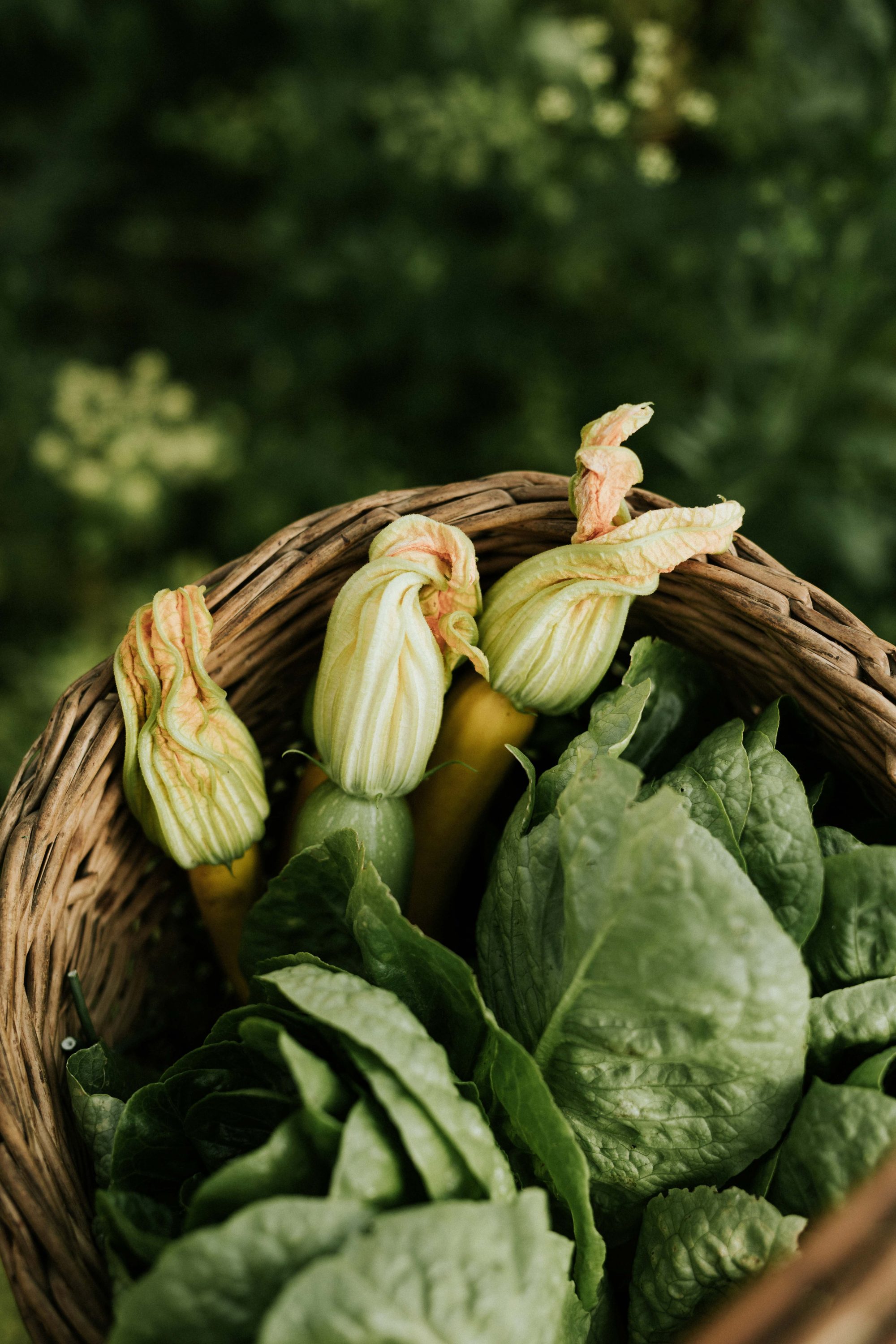
He didn’t intend to make those who buy from non-producers feel guilty but to raise interest and show the humility and passion that drives these family businesses. He wanted to tell stories that are otherwise unknown and encourage everyone to explore this world. Food tastes different when you know where and from whom its ingredients come. To create a truly premium volume, he worked with co-creators with whom he spoke a common language. One of them is photographer Fanni Jágity, who captured the most honest moments with just the right sensitivity and attention. There’s another twist to the story, as the author wanted to help someplace where similarly important educational work had been going on. So, he sought out the Palánták program of Felelős Gasztrohős, which teaches kindergarten children about environmentally friendly eating. With every book purchased, 1,000 HUF is donated to the Foundation, effectively helping a kindergartener learn about the topic in a playful way.

The book is currently in the pre-order stage and is expected to be available in late autumn, but hundreds of people have already pounced on it. This shows that, although the alarm bells were sounded a few years ago about the relevance of paper books, people are simply keen to add some quality and content to their bookshelves at home. It is, therefore, worth grabbing them early before the planned stock runs out, but I would also recommend following the author’s pages. David shares many stories and wonderful recipes on various platforms, actively communicates with his audience and has recently rented a studio, so in the long run, we can expect pop-up events, workshops and dinners. He knows that when good things—or more specifically, good people and good food—come together, always something truly amazing comes out of it.
Dávid Kárai | Web | Facebook | Instagram
Photos: Fanni Jágity

Polish furniture in our home | TOP 5
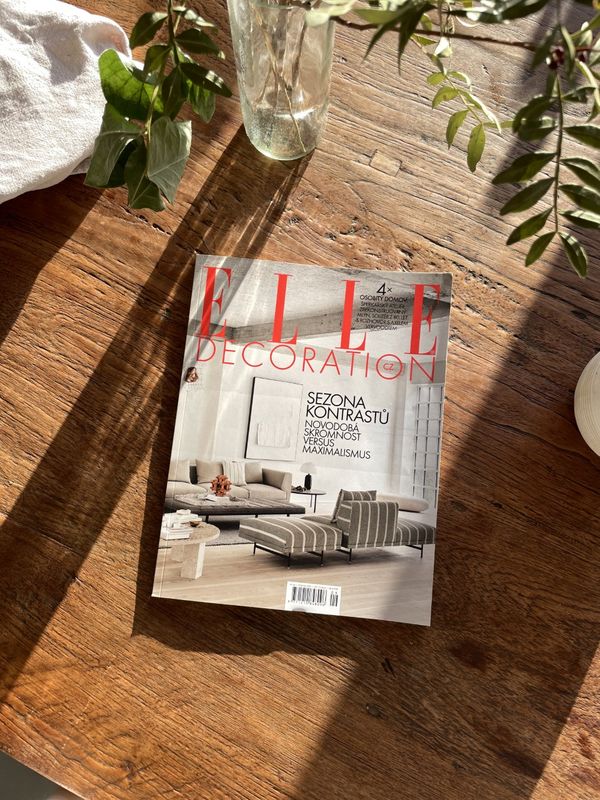
360 Design Budapest X ELLE Decoration Czech Republic—interview with Eva Slunečková










